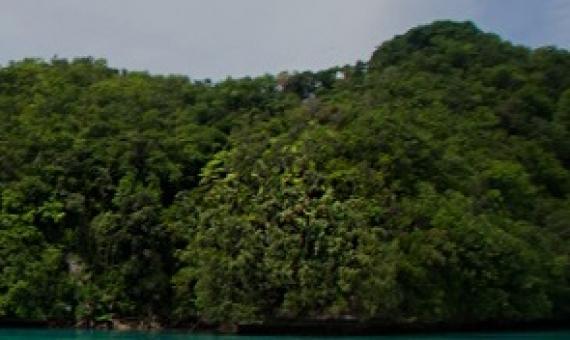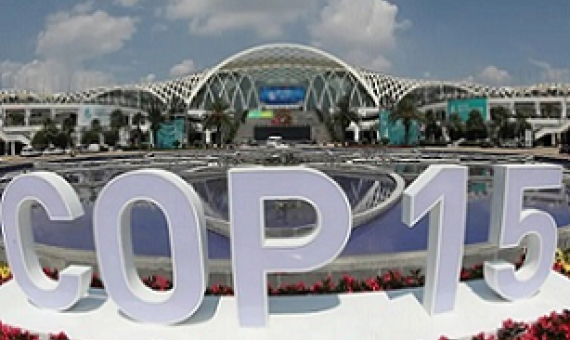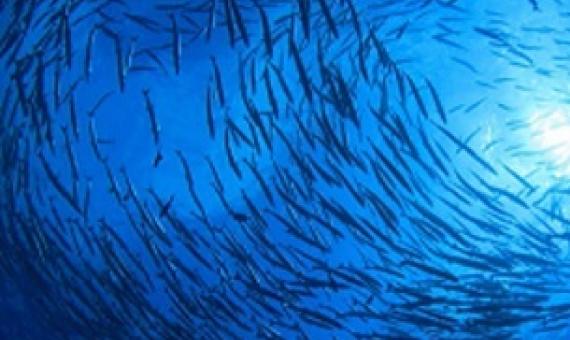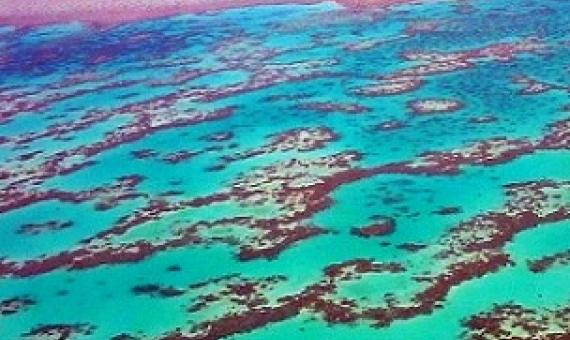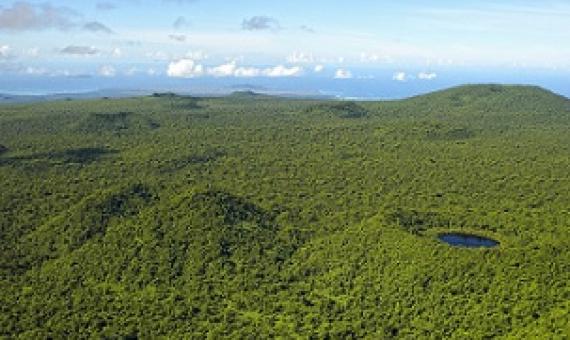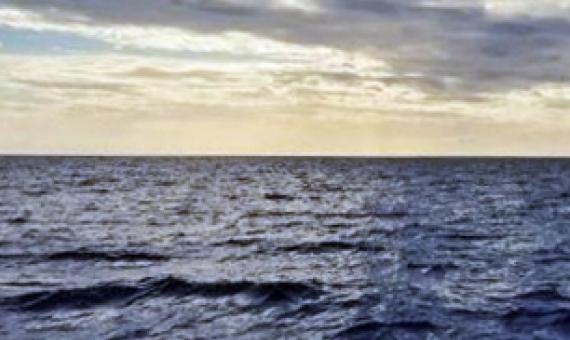The Hawksbill Sea turtle, or ngasech – in Palauan language, is an important turtle species in Palau, prized for its shell. Its shell has been money for Palauan women for centuries, but it has been listed as Critically Endangered by the IUCN since 1996.
Summary of the UN Biodiversity Conference: 7-19 December 2022
The first part of the UN Biodiversity Conference convened virtually from 11-15 October 2021, with a limited number of delegates physically present in Kunming, China.
There was no small sense of relief last month when the two-week United Nations Biodiversity Conference of the Parties to the UN Convention on Biological Diversity ended. It wasn’t just because it was around 3:30 a.m. in Montreal on Dec. 19 when the event (known more commonly as COP15) concluded.
The UN biodiversity conference now meeting in Montreal is considering a proposal to commit to putting 30 percent of land and sea under protection by 2030. Some ecologists warn that focusing too much on the size of protected areas risks missing what most needs saving.
A global deal to protect nature and the benefits it provides to people will be negotiated during the United Nations COP15 biodiversity conference that begins today (Dec 7) in Montreal, with a key target of the new biodiversity framework calling for at least 30 percent of global land and sea areas
Vanuatu is committed to protecting and conserving at least 30% of its land by 2030, now that it joins the Ambition Coalition for Nature and People (HAC).
Scientists say that protecting 30% of Earth's surface will help species and ecosystems recover from the stresses that are depleting them.
A team of researchers at the University of Agder's, Center for Coastal Research, working with a colleague at the Institute of Marine Research, both in Norway, has found that when protected areas for lobsters are established in overfished parts of the sea, the lobsters tend to grow bigger.
Protected Area Network Expansion and Management: Economics to improve conservation outcomes
This paper identifies the Dasgupta Review’s key points about the role of protected areas (PAs) in conserving nature. Using these factors as a foundation, this paper explores how economists can conduct analyses that improve PA decisions and promote both biodiversity conservation and ecosystem service provision. People’s interactions with PAs should be considered when making design, management, and restrictions decisions about PAs because those interactions are critical to determining the threats to biodiversity within PAs and the benefits produced by PAs.
Conserving our Sea of Islands: State of Protected and Conserved Areas in Oceania
Protected and conserved areas are vital for safeguarding our unique biodiversity - as well as underpinning culture and livelihoods. This report is the first comprehensive regional assessment of protected and conserved areas. The biodiversity and Protected Areas Management Programme (BIOPAMA) supported the preparation pf this report. Call Number: [EL],333.95 CONISBN/ISSN: 978-2-8317-2214-6,978-2-8317-2215-3Physical Description: 272 p.

